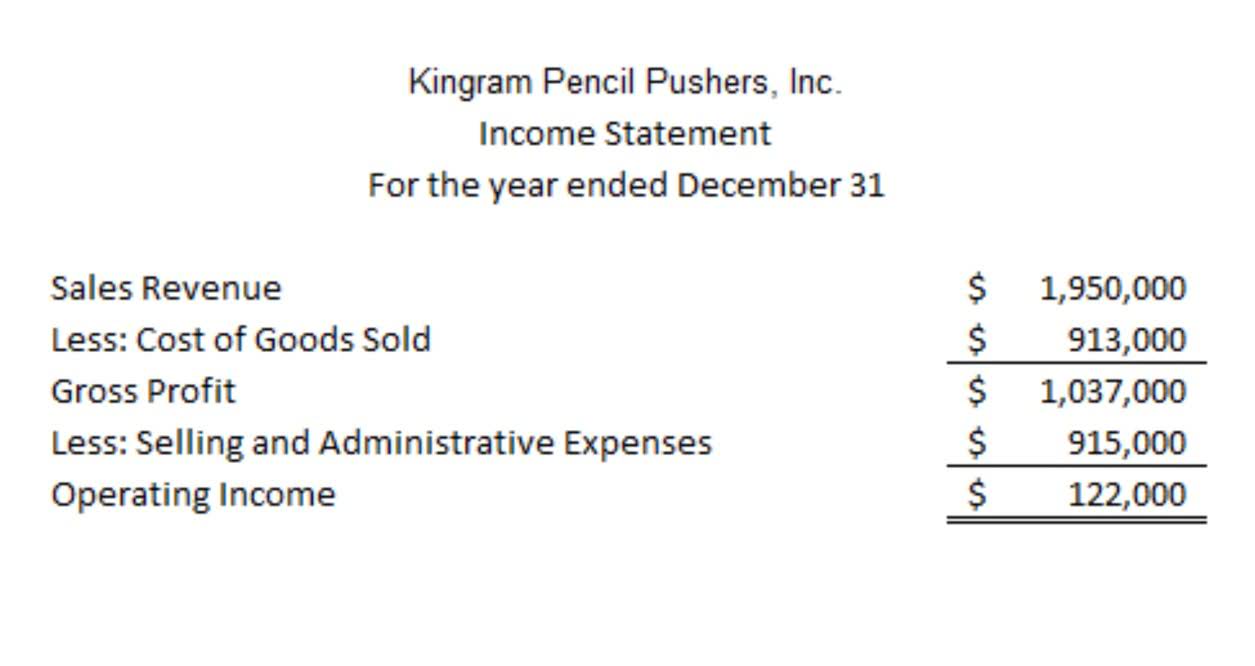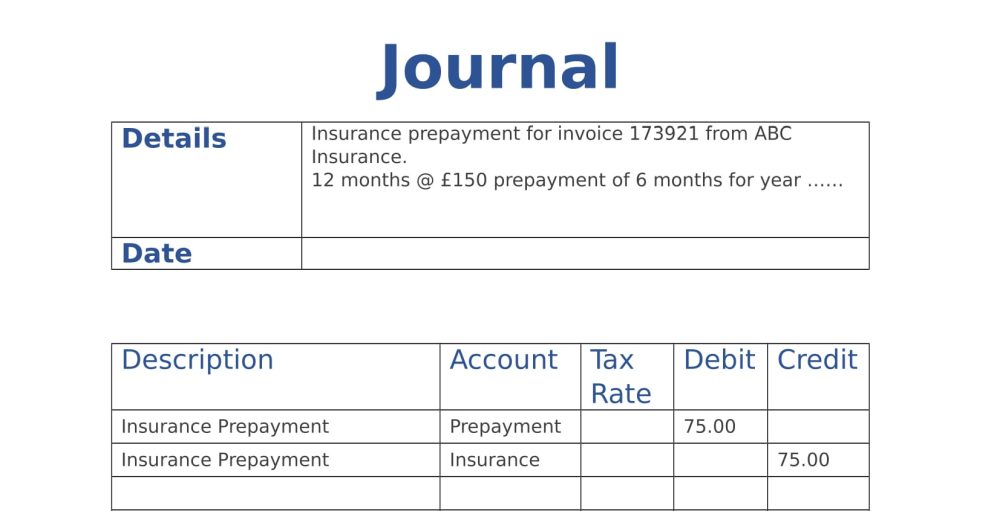If you work as an independent contractor, you’ll also need to pay both the employer’s share and the employee’s share of employment taxes (i.e., Social Security taxes and Medicare taxes). In total, this amounts to 15.3%, or 6.2% + 6.2% for Social Security taxes and 1.45% + 1.45% for Medicare taxes. It’s used to gather information for issuing a 1099-NEC, which reports payments made to independent contractors. If you’re an independent contractor or vendor providing services to a business, you’ll typically be asked to fill out a W-9 before getting paid.
This form details various financial aspects, including wages, tips, bonuses, and other compensation received by the employee. Additionally, it reflects the amount of federal, state, and local income taxes, as well as Social Security and Medicare taxes, that were withheld from the employee’s paycheck. When it comes to tax reporting, Forms W-2 and W-9 serve distinct purposes and are used in different scenarios. Understanding the differences between these forms is crucial for accurate tax filings, whether you’re an employer, employee, or contractor. Form W-9 can also be used to report other types of payments to the IRS, such as IRA contributions or mortgage interest. An official W2 form is provided to a worker at the end of the year so they can file a tax return.
Lumanu helps companies easily manage payments to temporary W9/1099 contractors by dealing with al vendor onboarding, tax compliance and payments. Lumanu acts a a single vendor for companies working with freelancers. It’s officially called the “Wage and Tax Statement” and is a key document you’ll need when filing your annual income tax return. The content on Young and the Invested is for informational and educational purposes only and should not be construed as professional financial advice. Should you need such advice, consult a licensed financial or tax advisor.
That way, you approach the nature of your workforce and your reporting obligations with deep understanding. You realize perfectly well that the W-9 is geared toward freelancers and contractors, which means it promotes transparency and accurate reporting. And you know perfectly well that the W-2, in its turn, is paramount for employees, because it details earnings and withholdings. For example, you might need a TIN to what is the difference between w2 and w9 prepare Form 1099-NEC (nonemployee compensation), Form 1099-MISC (miscellaneous income), or other information returns. In addition to the TIN, the form collects other information needed to prepare the proper forms for IRS tax reporting purposes.
Primary of these is the cost of your health insurance, provided you aren’t covered by another policy. For instance, if you receive medical coverage from your spouse’s employer, you won’t be able to take this deduction. Qualifying self-employed taxpayers can deduct 100 percent of their medical insurance premiums for themselves, their spouses and their dependents. Learn about the difference between W9 and W2, their primary functions, and key distinctions in taxpayer identification, annual reporting, record keeping, and payment methods.
- The accuracy of this information return is verified by the data the contractor directly gives you when filling out a W9 form.
- The W-2, officially called the Wage and Tax Statement, is a tax form used by employers to report an employee’s annual wages and the amount of federal, state, and other taxes withheld from their paycheck.
- The W2 form is used to report employee earnings and withholdings, while the W9 form provides the hiring business with the contractor’s tax information.
- That means if you worked for an employer in 2024 and met the above qualifications, you should expect to have your W-2 by Jan. 31, 2025.
- Even if he isn’t sure whether he’ll use you for other projects yet, he may have you go ahead and complete a W-9 as part of his onboarding process.
Taxpayer Identification
- If you don’t get your W-2 by the end of January, contact your employer to find out what’s going on.
- A W2 contractor is an individual who is essentially employed part time by a third-party agency (or sometimes but less often managed by in-house HR).
- If backup withholding is required, 24% of any payments to the individual or entity must be withheld and sent to the IRS.
- 1099 contract workers, however, may just be there for you when no one else is around.
On the other hand, a W2, which stands for Wage and Tax Statement, acts more like a financial report card that comes around every year. It’s a summary sent by your employer detailing how much you earned during the tax year and what taxes were withheld from your pay. Independent contractors and other self-employed workers submit W9 forms to the businesses they provide services for. The businesses use the information from W9 to fill out a Form 1099 (1099-NEC or 1099-MISC), which denotes all the payments to the independent contractor. Rippling houses your contractor data alongside your full-time employees’ HR and IT data on a single platform, making taxes and other reporting a one-click exercise.
Integrating your contractors and employees also means contractors can get paid whenever you run payroll. Employers issue a W-2 form to each employee classified as paid through the employer’s payroll and has certain payroll taxes withheld throughout the year. The W-2 records how much an employee was paid in the previous year and how much was withheld from their paycheck for taxes. IRS form W9 is handed into an employer when the freelance contract is signed and the job is started. When the tax year comes to a close, the company doing business with the freelancer is expected to send out a 1099 tax form, aggregating all of the freelancer’s earnings for the year. The forms a new worker fills out will give a strong signal about their role in the company.
There is less of a paperwork headache and the temporary employee is not eligible for full time employee benefits, however they are still subject to full time employee tax withholdings. Given the definitions of contractor and employee are different, it seems confusing to label workers as W2 contractors. However, in most cases, a staffing or temporary agency that files the paperwork for the contractor is actually considered the employer. Thus, the temp agency is responsible for deducting taxes and issuing a W2 when applicable.
The W-2 form and the W-9 form are both tax-related documents used in the United States, but they serve different purposes. The W-2 form is provided by employers to their employees and reports the wages earned, taxes withheld, and other relevant information for the purpose of filing income tax returns. On the other hand, the W-9 form is used by individuals or businesses to provide their taxpayer identification number (TIN) to entities that may need to report certain payments made to them. While the W-2 form is used for reporting income, the W-9 form is used for providing taxpayer information.
Payment and Flexibility
Understanding the key differences between the W2 and W9 forms is essential for both employers and workers to ensure accurate tax reporting and compliance. The W-2 form, also known as the Wage and Tax Statement, is a crucial document that employers use to report their employees’ earnings and tax withholdings. It provides a comprehensive summary of an employee’s income and the taxes paid throughout the year.
When Is a W-9 Not Required?
If you worked as an independent contractor during the year, you may not receive a form at all at tax time. Employers are only required to send forms to contractors they paid $600 or more during the tax year. This does not mean that you do not have to report the earnings if you make less than that, though. A W-9, on the other hand, is a form you complete when you start working with someone on a freelance or contractor basis.
The W-2 form is essential for both employers and employees as it serves as a key component in filing accurate tax returns. W-9 and W-2 forms are vital tax forms for any business hiring workers. A W-9 is for newly hired independent contractors and gives the business the tax information you need to file a wage statement at the end of the tax year. A W-2 is a wage and tax statement for employees that the business fills out and files with the government at the end of each tax year. Organizing all of this related, yet separate, information requires the use of different tax documents, such as Forms W-2, W-4, and W-9.
Main fields on the W-9 form
The W-9 form serves as a critical tool for independent contractors and hiring businesses, facilitating accurate reporting and compliance with tax regulations. By providing their tax information through the W-9 form, contractors can ensure that their earnings are accurately reported, while businesses can fulfill their reporting obligations. The W-9 form is a vital administrative tool, ensuring compliance and accurate reporting for both the independent contractor and the hiring business. It establishes the foundation for appropriate tax handling, helping businesses accurately track and report payments made to contractors while allowing contractors to maintain proper tax records. To appropriately report and pay taxes, it’s crucial to comprehend the variations between these forms and when to utilize them. W9s and W2s are both IRS forms that contain worker information for tax purposes.
Meanwhile, the W2 serves as a record of what happened during the tax year—it’s your official statement from the IRS confirming how much you earned and how much was taxed. The W-2 form is used by employers to report employee compensation and taxes to the government, and to provide employees with information to fill out their tax returns. By understanding the differences and using the appropriate form, both employers and workers can navigate the complexities of tax reporting, ensuring compliance and avoiding potential issues in the future. It provides information about how much was paid to that freelancer. It DOES NOT have any tax withholdings – freelancers are responsible for paying taxes throughout the year.
Revised Form 941 for 2023
You may do graphic design work for a client, for instance, and all he initially wants is a logo at your going rate of $60 per hour. Even if he isn’t sure whether he’ll use you for other projects yet, he may have you go ahead and complete a W-9 as part of his onboarding process. The information on those W-4 forms will require more information, such as from your spouse or tax return. The IRS has established a tax withholding estimator to assist with achieving maximum accuracy on the new W-4. Instead, businesses use the information provided on the W-9 to prepare a Form 1099-NEC (Nonemployee Compensation) at the end of the year, showing how much they paid the contractor. Contractors aren’t required to provide a W9 if their yearly payments don’t exceed $600.
Documents
⦿ W-2 employees often get benefits like health insurance, paid time off, and retirement plans. They’re also covered by labor protections, including minimum wage laws and unemployment insurance. A W-2 is a document provided by your employer that summarizes your earnings and the taxes that were withheld from your paycheck over the course of the year. In the past, the W-4 was based on a system of withholding allowances, which were used to calculate the amount of tax that should be deducted from an employee’s pay. However, in 2020, the IRS changed the format of Form W-4 to improve the accuracy of the tax withholding system. The W-4 tax form allows employees to specify how much tax they should have withheld from their paychecks.
Further, if your employer withheld any income, Social Security, or Medicare taxes from your pay, the company must provide you with a W-2 regardless of whether you met the $600 earnings threshold. If your taxes are filed with your spouse and your spouse is the primary taxpayer for your joint return, use that Social Security number when sending your quarterly payments to avoid confusion. You should also keep a record of how much you paid and when, and you’ll get credit for these payments when you file your taxes in April. These formularies are like blueprints for tax collectors, ensuring they know exactly how much to withhold.










